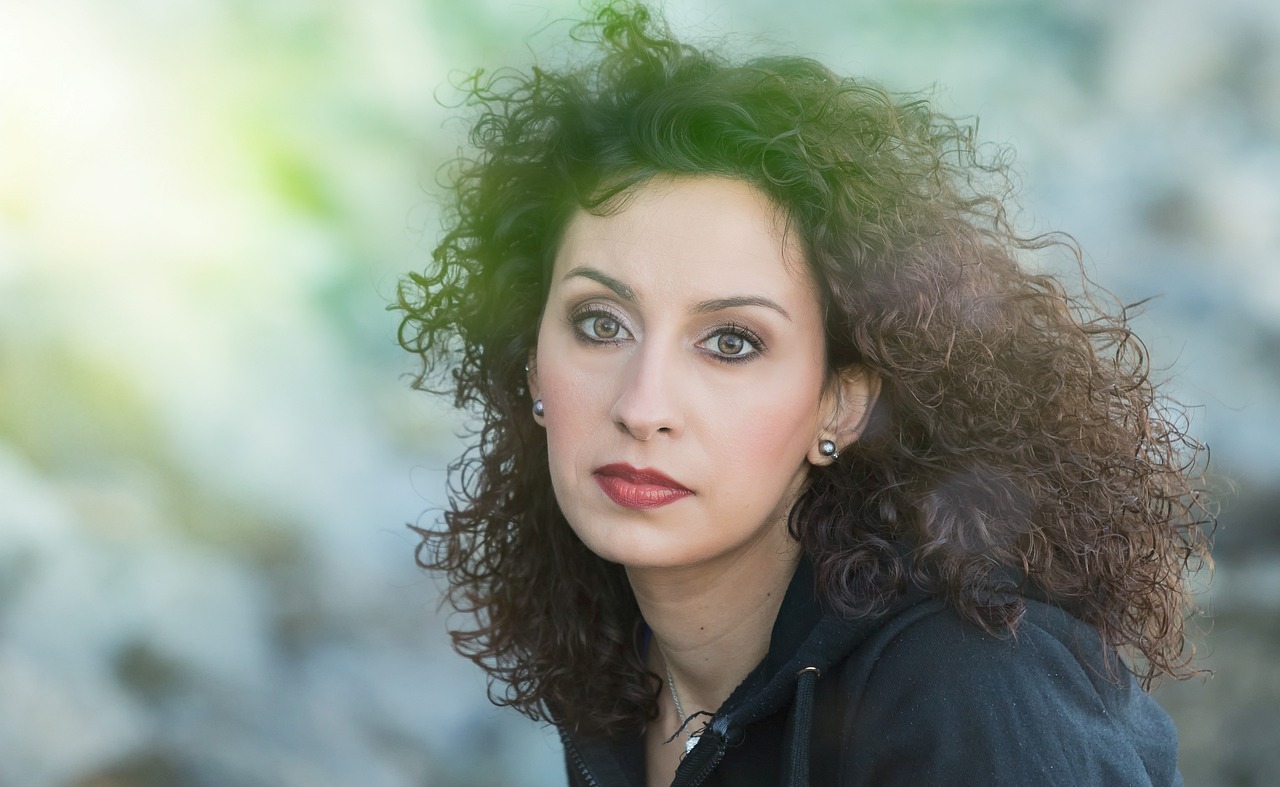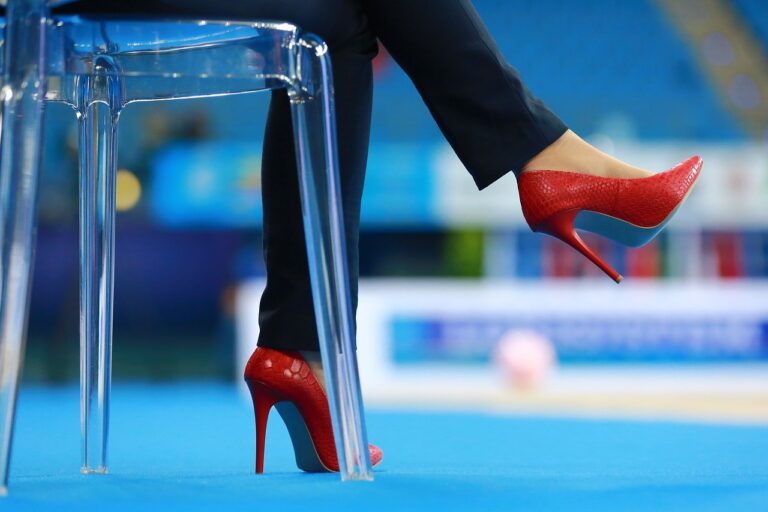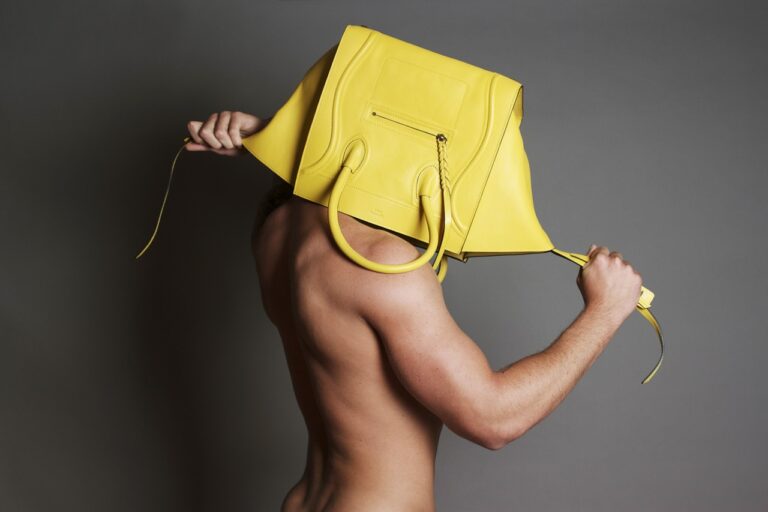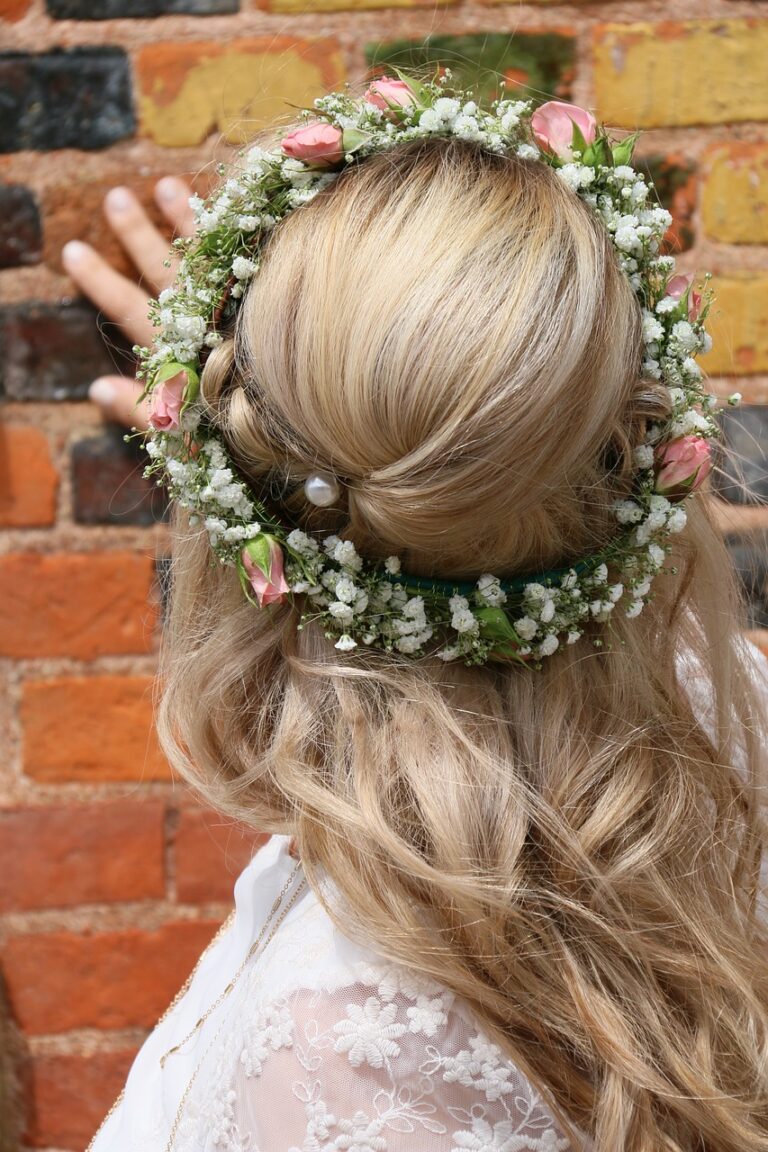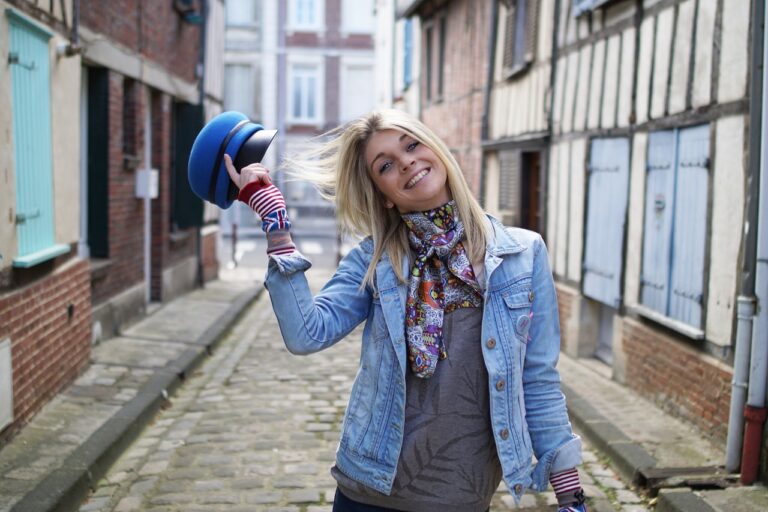The Role of Fashion in LGBTQ+ Culture and History
From flamboyant drag queens to gender-defying fashion icons, the LGBTQ+ community has always had a strong presence in the world of fashion. Throughout history, clothing has played a significant role in expressing and defining one’s identity, and for many members of the LGBTQ+ community, fashion has been a powerful tool for self-expression, empowerment, and resistance against societal norms and expectations.
Defining Fashion in LGBTQ+ Culture
When we think of fashion in LGBTQ+ culture, we often think of vibrant colors, bold patterns, and avant-garde designs. While these elements certainly play a role, fashion in the LGBTQ+ community goes beyond mere aesthetics. It is a means of expressing one’s gender identity, sexual orientation, and personal journey of self-discovery.
For many queer individuals, fashion is a form of armor, a way to assert their identity and defy conventions that seek to confine them to narrow boxes of what is considered “normal” or “acceptable.” From the leather-clad rebels of the Stonewall riots to the gender-nonconforming models gracing the runways of today, fashion has been a powerful force for change and acceptance within the LGBTQ+ community.
Fashion Icons and Trailblazers
Throughout history, there have been countless LGBTQ+ individuals who have left a lasting impact on the world of fashion. From renowned designers like Yves Saint Laurent and Alexander McQueen to groundbreaking models like RuPaul and Andreja Pejic, these trailblazers have challenged norms, broken boundaries, and paved the way for future generations of queer fashionistas.
One of the most iconic figures in LGBTQ+ fashion history is the legendary drag queen and performer, Divine. Known for her larger-than-life persona and daring fashion choices, Divine broke down barriers and challenged societal norms through her bold and unapologetic style. Her influence can still be seen in the work of designers and performers today, who continue to push the boundaries of gender and fashion.
The Evolution of LGBTQ+ Fashion
Over the years, LGBTQ+ fashion has evolved and diversified, reflecting the ever-changing landscape of gender and self-expression. From the androgynous styles of the 1920s and 30s to the gender-neutral fashion of today, queer individuals have always been at the forefront of challenging traditional ideas of gender and beauty.
Today, LGBTQ+ fashion is more inclusive and diverse than ever before, with brands and designers embracing a wide range of styles and identities. From gender-neutral clothing lines to drag-inspired couture, there is a growing recognition of the importance of representation and visibility within the fashion industry.
The Impact of LGBTQ+ Fashion
For many LGBTQ+ individuals, fashion is not just a form of self-expression, but a form of activism. By embracing their identity and embracing their style, queer individuals are challenging societal norms and advocating for acceptance and equality. Fashion has the power to unite communities, spark conversations, and inspire change, making it a vital tool in the fight for LGBTQ+ rights.
As we continue to celebrate and honor the contributions of LGBTQ+ individuals to the world of fashion, it is important to recognize the role that clothing plays in our lives. In a world that often seeks to silence and oppress marginalized communities, fashion is a powerful tool for self-expression, empowerment, and resistance.
FAQs
Q: How has LGBTQ+ fashion influenced mainstream fashion?
A: LGBTQ+ fashion has had a significant impact on mainstream fashion, with many trends and styles originating from queer culture. From the popularity of drag-inspired makeup to the rise of gender-neutral clothing lines, LGBTQ+ fashion has helped to push the boundaries of what is considered “normal” or “acceptable” in the fashion industry.
Q: What are some key moments in LGBTQ+ fashion history?
A: Some key moments in LGBTQ+ fashion history include the Stonewall riots of 1969, which saw LGBTQ+ individuals standing up against police brutality and discrimination, and the emergence of gender-bending icons like David Bowie and Grace Jones in the 1970s and 80s. These moments have helped to shape the landscape of LGBTQ+ fashion and pave the way for future generations of queer fashionistas.
Q: How can individuals show support for LGBTQ+ fashion?
A: One of the best ways to show support for LGBTQ+ fashion is to educate yourself on the history and contributions of queer individuals to the world of fashion. By supporting LGBTQ+-owned brands and designers, attending queer fashion events, and amplifying the voices of LGBTQ+ creators, you can help to create a more inclusive and diverse fashion industry.
Q: What resources are available for LGBTQ+ individuals interested in fashion?
A: There are a variety of resources available for LGBTQ+ individuals interested in fashion, including queer fashion blogs, magazines, and social media accounts. Additionally, many LGBTQ+ organizations and community centers offer workshops, classes, and events focused on fashion and self-expression.
Overall, fashion plays a vital role in LGBTQ+ culture and history, serving as a powerful form of self-expression, activism, and empowerment. By embracing our identities and celebrating our unique styles, we can continue to challenge norms, break boundaries, and pave the way for a more inclusive and diverse future in the world of fashion.

